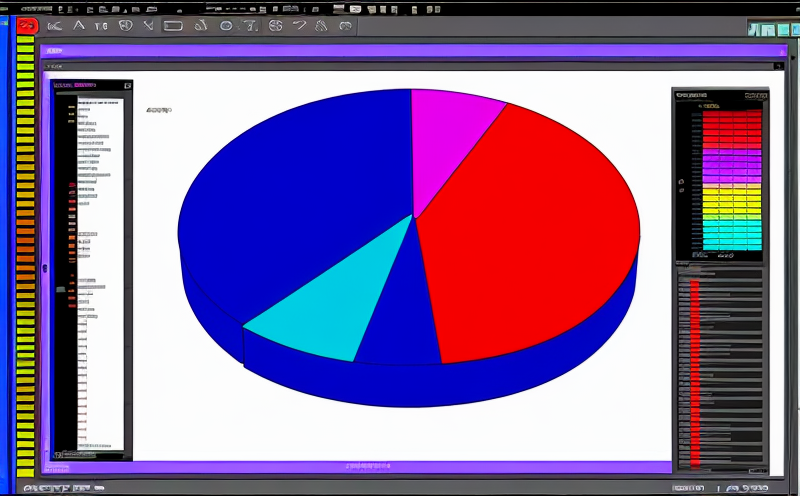ISO 9924 Thermal Degradation Analysis of Rubber by TGA
The ISO 9924 standard provides a robust framework for determining the thermal stability and degradation behavior of rubber materials. This thermogravimetric analysis (TGA) method is crucial in understanding how rubber specimens respond to heat, which is critical for quality assurance, compliance, and product development.
The test procedure involves heating the specimen at controlled temperature rates while monitoring weight changes. The primary objective is to observe and quantify the mass loss as a function of temperature, which provides insights into thermal stability and degradation kinetics. This information is invaluable for ensuring that rubber products meet specified performance criteria in various environments.
In practice, this analysis helps identify critical temperatures at which significant mass loss occurs, indicating potential failure points or operational limits. The results are essential for optimizing product design, selecting appropriate raw materials, and ensuring regulatory compliance with international standards such as ISO 9924 and ASTM D761.
Specimen preparation is a key step in the process. Samples must be accurately weighed and cut to standard dimensions before being placed in the TGA instrument's crucible. The choice of crucible material, atmosphere (e.g., nitrogen or air), and heating rate all significantly influence the results. It is important to follow strict protocols to minimize variability and ensure reproducibility.
The TGA apparatus used for this analysis typically features a balance capable of detecting minute weight changes down to micrograms. This high sensitivity allows for precise measurement of mass loss, which is critical for accurate data interpretation. The heating chamber is designed to provide a controlled temperature environment, ensuring that the specimen experiences only the desired thermal stress.
Once the test is completed, the resulting thermogravimetric curve provides detailed information about the thermal behavior of the rubber sample. This includes the onset temperature (Tonset) at which mass loss begins, the peak temperature (Tmax) where maximum mass loss occurs, and the final residue weight after complete heating.
The data generated from this analysis can be used to determine compliance with specific industry standards. For example, ISO 9924 specifies minimum thermal stability requirements for rubber compounds in various applications. Compliance ensures that products are safe and reliable under expected operating conditions.
Quality managers and R&D engineers rely on TGA data to make informed decisions about product development and manufacturing processes. By understanding the thermal properties of rubber, they can optimize formulations, improve processing methods, and enhance overall product performance. This knowledge also facilitates effective communication with regulatory bodies and clients, ensuring that products meet all necessary requirements.
For procurement teams, TGA results provide valuable input for selecting reliable suppliers who produce rubber materials with consistent thermal stability. This reduces the risk of supply chain disruptions due to material quality issues and helps maintain a stable product lifecycle.
- Customer Impact: Enhanced product reliability through precise thermal analysis, ensuring compliance with international standards.
- Satisfaction: Accurate data leading to improved product performance and customer trust in the brand's quality control processes.





